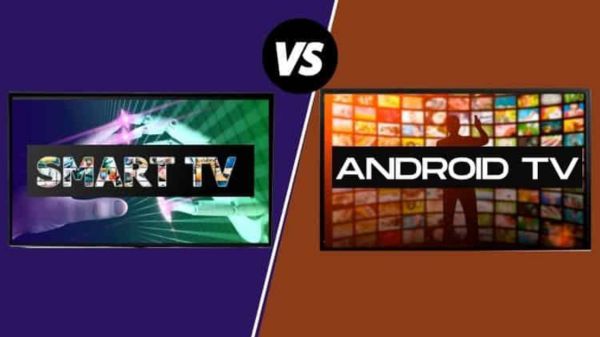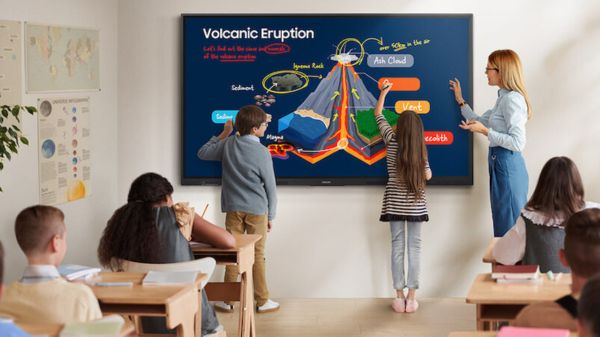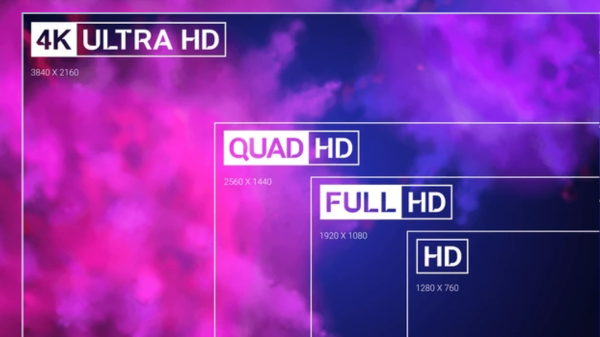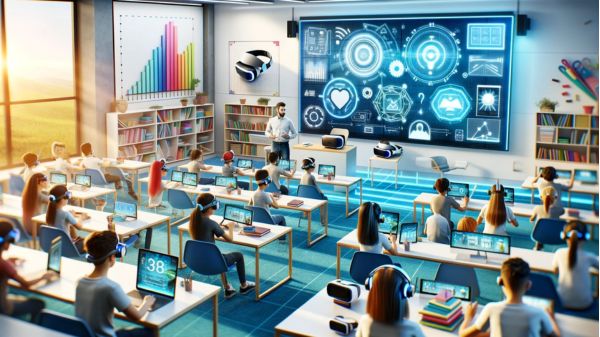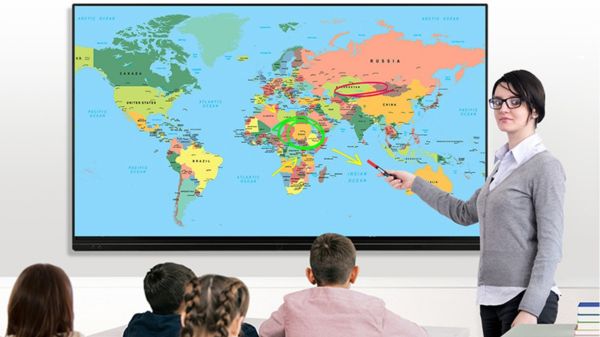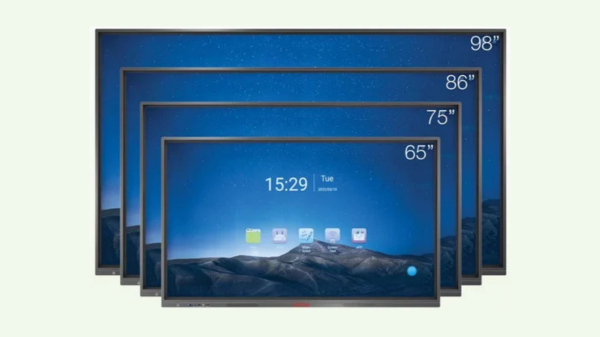Smart TVs have become a household staple, offering internet access, built-in apps, and streaming services for effortless entertainment. But when comparing Smart TVs with Smart Boards, it's important to understand their different purposes.
While Smart TVs are made for watching content, Smart Boards are designed for interaction - mainly used in schools, offices, and professional environments.
A Smart TV is perfect for home entertainment. It allows users to stream movies, browse online content, and use voice commands with platforms like Netflix, YouTube, and Amazon Prime. Most models offer 4K or even 8K resolution and connect
to gaming consoles, smart speakers, and other devices for a complete media experience.
On the other hand, a Smart Board also known as an interactive flat panel is a touchscreen panel that supports real-time writing, drawing and collaboration. These are commonly used in classrooms and meeting rooms to make learning and
presentations more engaging. Smart Boards often support apps like Zoom, Microsoft Teams, and digital whiteboards, making them ideal for remote teaching and hybrid work.
In terms of features, both devices offer high-resolution screens, but Smart Boards come with touchscreen functionality, allowing users to interact directly with the screen. Smart TVs don't usually support touch, as they are built mainly
for viewing rather than interaction. Operating systems also differ Smart TVs run on Android TV, WebOS, or Roku, while Smart Boards use more versatile systems like Android, Windows, or custom education platforms.
When it comes to usage, the difference is clear. Smart TVs are ideal for living rooms, bedrooms, and home entertainment setups. They're perfect for watching content or gaming. In contrast, Smart Boards are made for productivity. Schools
use them for interactive lessons, and businesses rely on them for presentations, collaboration, and video conferencing.
Connectivity also sets them apart. While both devices connect to the internet and support screen sharing, Smart Boards offer more options like USB, HDMI, and Bluetooth for connecting multiple devices at once. They also come with tools
like annotation, split-screen, and multi-user touch support, making them more suited for group interaction.
Price is another key difference. Smart TVs are generally more affordable range. Smart Boards are more expensive premium models, mainly due to their interactive features and software capabilities.
So, which one is right for you? If you want something for streaming and entertainment at home, a Smart TV is the best fit. But if you need a tool for teaching, training, or collaboration, a Smart Board is the smarter choice even if it
comes at a higher cost.
